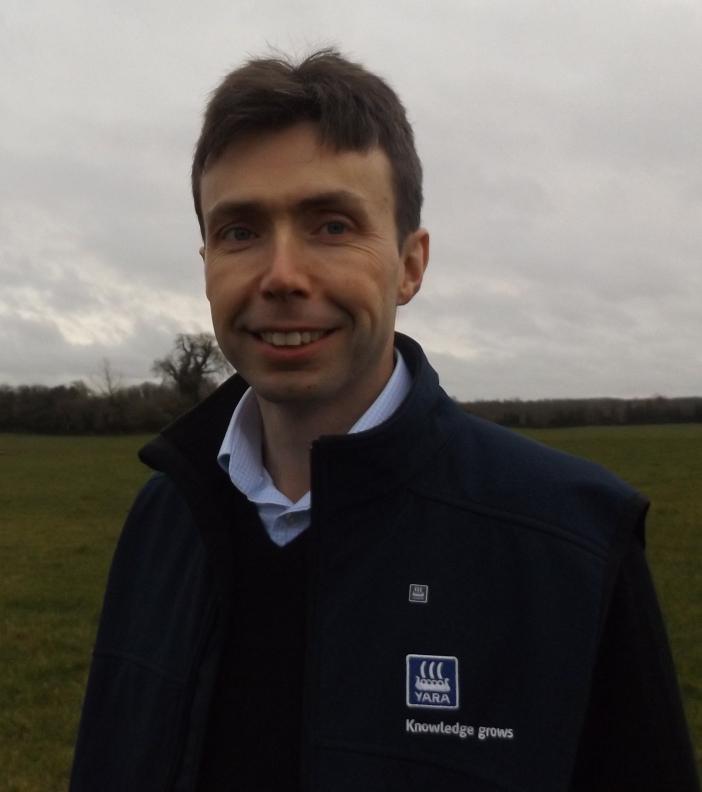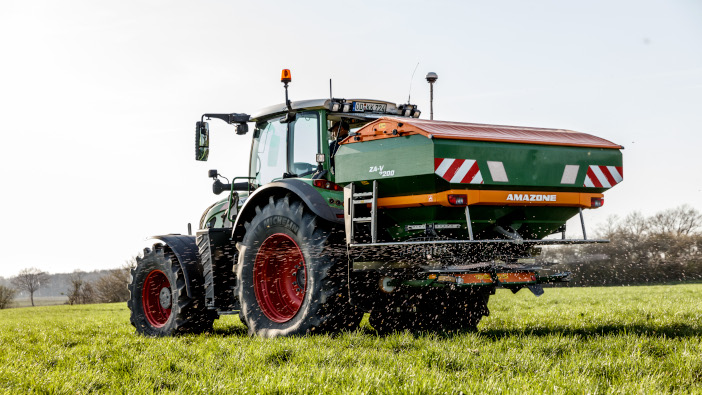With fertiliser costs at an unusual high, Yara’s country grassland agronomist, Philip Cosgrave, is warning growers that it is even more important to manage grassland with care and diligence for a robust return on investment (ROI).
“Losses in yield and quality can have a bigger economic impact than the increased cost of fertiliser,” he said. “Applying fertiliser effectively and managing your land correctly is vital in these economic circumstances.”
The decision process for arable farmers will be different to that of a livestock farmer. Arable farmers may choose to lower their nitrogen rates but if livestock farmers choose to do this then there will be an extra cost associated with replacing homegrown forage with purchased feed.
The cost of concentrate feed is rising and if arable farmers do reduce nitrogen rates at a local and global scale due to rising costs, then this will have a knock-on effect on concentrate prices in autumn 2022.
Mr Cosgrave advised farmers to apply optimal rates (typically around 120kg per hectare) for first cut silage. Dairy farmers may be able to replace a third of their purchased nitrogen with slurry. With prices at the current level, fertiliser costs will be approximately a third of the total cash cost per tonne of dry matter.
“My recommendation is to prioritise the use of organic nutrients in the spring, to take advantage of higher N availability and apply them preferably via low-emission spreading systems. Because the lion’s share of the cost of producing silage is machinery-related, and these costs are usually charged on a per hectare basis, any decision to lower usual N rates might lower the cost on a per hectare basis but will increase the cost of each tonne grown,” he said.
“It’s important to ensure every hectare maximises its potential. In any year – but particularly now – the loss of yield and quality will end up costing you far more than spending extra on the right inputs.”
The advice, therefore, is to avoid replacing good quality silage with concentrate, which Yara estimates will cost around £185 per tonne of dry matter replaced at current prices.
“Grass is still the best choice for value,” said Mr Cosgrave. “That said, it’s more expensive to produce so we should take whatever steps we can to do it well.”
To help boost grass quality, Mr Cosgrave provided three pieces of advice:

- Stop any grazing on first cut silage fields by the end of January. “This gives your grass a rest period which is shown to increase both grass yield and quality. If you’ve got an arrangement with, for example, sheep grazing over the farm during winter, bear this in mind.”
- Maximise use of organic nutrients this spring. “Assuming the standard book values for slurry, then each 10 cubes of 6% DM slurry this spring will contribute 10 kg/ha of available N if applied by trailing shoe/dribble bar, or 9 kg by splashplate. .”
- Use a fertiliser product with added sulphur. “On average, farmers that use a fertiliser with sulphur see a 10% increase in dry matter yields, with very responsive sites reaching up to 20%.”
He also emphasised the role that foliar nutrition can play.
“We’ve had very positive results this spring on silage and hay crops that had an application of YaraVita Croplift Pro in April. If like last year, growth was late starting then hitting grass with foliar micronutrients in April certainly benefited those crops,” he said.
He concluded that the first cut silage was still the cheapest cut to produce, with the most reliable yield year on year.
“Take the action that’s right for your farm,” he said. “As your cost base goes up, inevitably it pays to do the job properly in delivering quality and yield. Attention to detail and being consistent is what will deliver the best results possible.”


